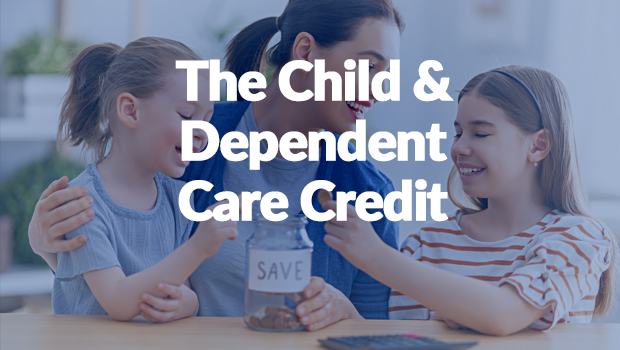If you’re a parent who regularly files income tax returns to the IRS, you’re probably already aware (and taking advantage of) the Child Tax Credit. But did you know there’s another tax credit you might be able to take advantage of if you’re a parent?
It’s called the Child and Dependent Care Credit (CDCC) and it can reduce your tax bill based on money you spend on child care. Let’s take a look at how the CDCC works, including who’s eligible and how much it’s worth.
Who Can Use the Child and Dependent Care Tax Credit?
This credit is available if you had expenses relating to the care of a qualifying individual, such as a young child. However, the care must be necessary so that you (and your spouse, if you filed a joint return) could go to work or look for work.
The care you paid for must be primarily to keep your child supervised and safe, like a daycare. Additionally, at the time the care was given, your dependent child must have been less than 13 years old.
The CDCC is also available if you incur expenses to take care of a qualified individual (like a spouse) who was physically or mentally unable to care for themselves. But for the purposes of this blog post, we’ll focus on the credit for child-care costs.
How Much Is the Child and Dependent Care Credit Worth?
It depends on how much you earn and how much you spent on child care. For the 2022 tax year, you can claim up to $3,000 (for one qualifying child) and $6,000 (for two or more qualifying children) worth of expenses. And the credit you receive will be a percentage of the amount you paid.
This percentage ranges from 20% to 35%, with the percentage getting smaller the more money you make. Once your adjusted gross income exceeds $43,000, the percentage of eligible expenses will max out at 20%.
So if you earned $50,000 last year and had one child who received child-care services worth $3,000 or more, you’ll get a $600 credit (20% x $3,000 = $600). If you had two or more children who received child-care services worth $6,000 or more, you’ll get a $1,200 credit (20% x $6,000).
Limitations of the CDCC
An important thing to understand about the CDCC is that it’s not a refundable tax credit. This means if you don’t owe any federal taxes, you likely can’t take advantage of the CDCC. The 2021 tax year was an exception in that the CDCC was refundable (it was also bigger), but those exceptions only applied to the 2021 tax year.
Want to Learn More About the Child and Dependent Care Credit?
If you’ve still got eligibility questions about the CDCC, it might be a good idea to consult with your tax preparer or check out the IRS’ Topic Number 62: Child and Dependent Care Credit. Either can help you with basic calculations or eligibility questions.
For more complicated issues, such as what qualifies as being physically or mentally unable to take care of yourself or special rules for divorced or separated parents, it might be worth talking to a CPA or tax attorney.
Kienitz Tax Law is here to help you with your tax issues. Schedule your FREE consultation today!

